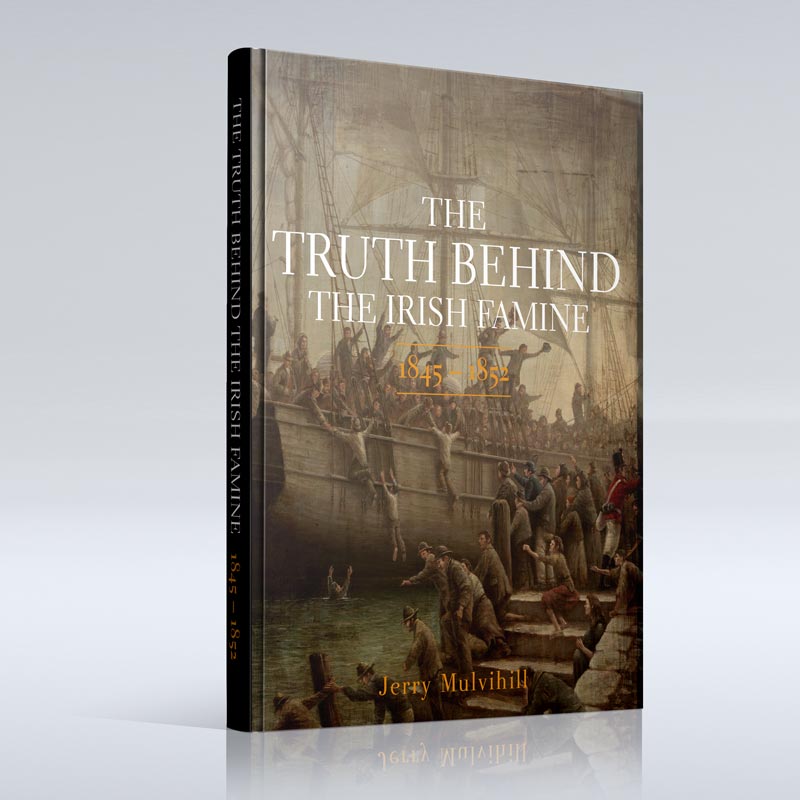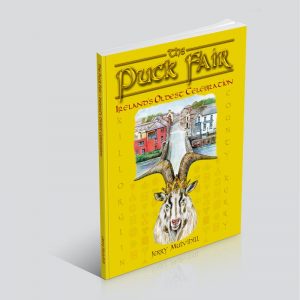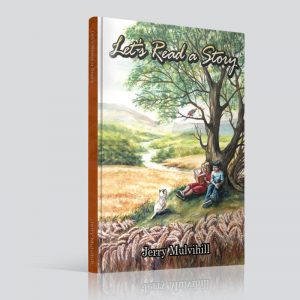Synopsis
In 1845, Ireland was part of the United Kingdom, which was the richest and most powerful nation in the world. Ireland was producing a surplus of food.
However, between 1845 and 1852, more than 1.5 million Irish people starved to death, while massive quantities of food were being exported from their country to Britain.
A half million people were evicted from their homes, often illegally and violently, during the potato blight. Another 1.5 million had no choice but to emigrate to foreign lands aboard rotting, overcrowded ‘coffin ships’.
The famine left a scar so deep within the Irish people, that it set in motion a war that would finally gain Ireland its independence from Britain in 1922.
How could there be a famine in a land with surplus food?
How did Britain respond?
What were the Penal laws and how did they impact this disaster?
Why were 3 million people reliant on potatoes to survive?
How could a country with a population of nearly 9 million people be divided into only 10,000 estates?
This is the story of how that immense tragedy came to pass. This is the truth behind the Irish famine.
Sixty-four paintings were specially commissioned for this book by four artists: Gerardine C. Sheridan, Rodney Charman, Maurice Pierse, Jane Hilliard.
This is the most extensive visualisation of the subject. All of the artwork was inspired by information taken from diaries of the time. There are over 400 eyewitness quotations in the book.
Zusammenfassung
Irland war 1845 Teil des Vereinigten Königreichs, der reichsten und mächtigsten Nation der Welt. Irland produzierte einen Nahrungsmittelüberschuss.
Dennoch starben zwischen 1845 und 1852 über 1,5 Millionen Iren den Hungertod, während ihr Land große Mengen Lebensmittel nach Großbritannien exportierte.
Während der Kartoffelfäule wurden eine halbe Million Menschen - oftmals illegal und gewaltsam - aus ihren Häusern vertrieben.
Weitere 1,5 Millionen sahen sich gezwungen, an Bord von maroden und überfüllten „schwimmenden Särgen“ in fremde Länder auszuwandern.
So tief waren die Wunden, die die Hungersnot im irischen Volk hinterließ, dass sie die Ereignisse in Gang setzten, die schließlich 1922 zur Unabhängigkeit Irlands von Großbritannien führen sollten.
- Wie konnte es in einem Land mit Nahrungsmittelüberschuss zu einer Hungersnot kommen?
- Wie fiel die Reaktion Großbritanniens aus?
- Was waren die Strafgesetze und welchen Einfluss hatten sie auf die Katastrophe?
- Wieso hing das Überleben von 3 Millionen Menschen von der Kartoffel ab?
- Wie konnte es in einem Land mit einer Bevölkerung von 9 Millionen Menschen nur 10.000 verschiedene Besitztümer geben?
Dies ist die Geschichte der Entstehung dieser furchtbaren Tragödie. Dies ist die Wahrheit hinter der Hungersnot in Irland.
Die detaillierteste Visualisierung dieses Themas.
Alle Kunstwerke beruhen auf Berichten aus zeitgenössischen Tagebüchern.
Sample Pages
Reviews
An unvarnished portrayal of the Irish Famine
The Irish Times
A masterpiece
Irish Arts Magazine
A masterpiece
Gloria Hunninford
A widely researched book
Irish President: Michael D. Higgins
The country owes him a great deal for publishing this…
A stunning and incredibly important piece of work
TD: Brendan Griffin
Striking, Compelling & Modern
An Taoiseach: Micheál Martin
Hands down, the best book about the Irish famine
Ireland Before You Die
A very important publication
Gerry Adams
A Heart-Breaking and thought-provoking book
Joanna Lumley
A fascinating book that explores the tragic events of our two countries history
King Charles
A vivid and harrowing account of Ireland's darkest time
BreakingNews.ie
Provides intriguing insights, highlighting the appalling things that witnesses did not speak of afterwards
The Irish Examiner
Visually stunning, a major achievement
Christine Kinealy
Should be in all Irish Classrooms
Ryan Tubridy
A fascinating pursuit of the truth
Mary McAleese
Shines a new light on the Irish people
Irish Roots
Extraordinary and powerful
Brighid McLaughlin
An excellent and tragically evocative account of Irelands darkest hour
The Kerryman
A beautiful book
An Taoiseach: Leo Varadkar
Conveys the human toll of the catastrophe
Kerry’s Eye
Makes the Famine easier to imagine
Sunday World
Hits you with truths you can’t ignore
Brian Warfield – The Wolftones
Gets to the very core of the darkest time in Ireland’s history
The Irish Echo
Rezensieren

“Das ganze Land steht für dieses Werk in seiner Schuld…Ein beeindruckendes und unfassbar wichtiges Buch.”





